Pleats in clothing can transform an ordinary garment into something extraordinary. But they remain one of fashion's most misunderstood techniques.
Whether you're drawn to the classic elegance of knife pleats or the dramatic flair of sunburst designs, mastering these fabric manipulations isn't as intimidating as it seems.
From selecting the right materials to executing precise folds, let's explore the art of pleating and reveal the secrets to creating professional-looking garments that'll turn heads.
Key Takeaways
- Choose your pleat style based on desired effect: knife pleats for simplicity, box pleats for structure, or accordion pleats for movement.
- Ensure that the fabric selection matches the pleat type. Lightweight materials work best for fine pleats, while heavier fabrics are better suited for structured folds.
- Mark pleat lines accurately using fabric chalk, pins, and a ruler before folding to maintain consistency throughout.
- Secure pleats properly through pressing, basting stitches, or permanent stitching. This depends on the garment's intended use.
Pleats in Clothing: 10 Common Types and Their Construction
You'll find various pleating techniques to enhance your garments. A simple knife pleat creates parallel folds. Box pleat forms a balanced fold on each side.
1. Basic Knife Pleat Construction
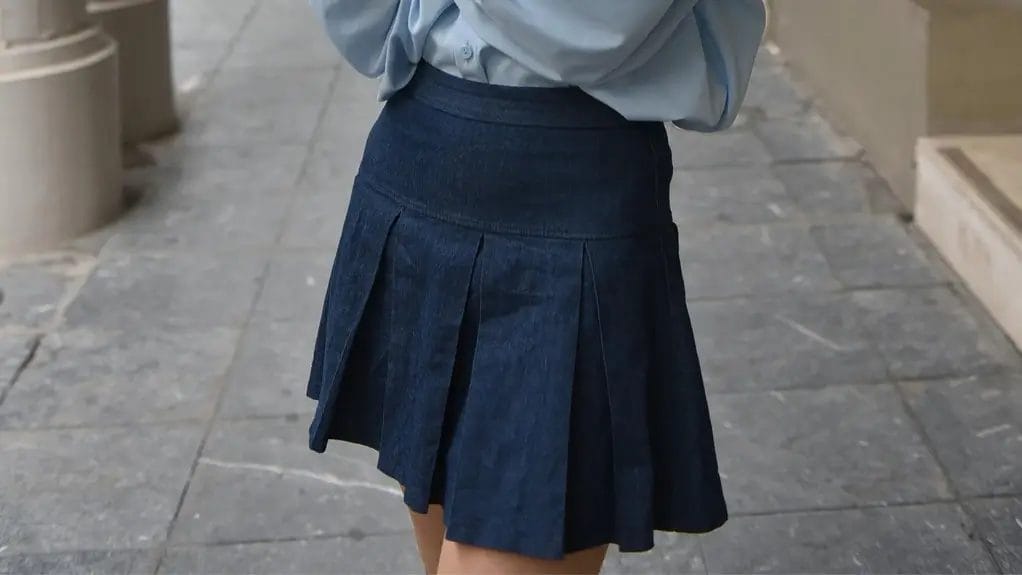
The basic knife pleat is one of the most common pleating techniques. It consists of parallel folds that all face the same direction.
When creating these pleats, determine your desired pleat depth first. This affects the amount of fabric used and the garment's overall appearance.
To construct knife pleats, measure and mark your fabric at consistent intervals. Then, fold the fabric to create uniform pleats. Once you've arranged your pleats in place, press them firmly with an iron to set the crisp folds and maintain their shape.
2. Box Pleat Formation Steps
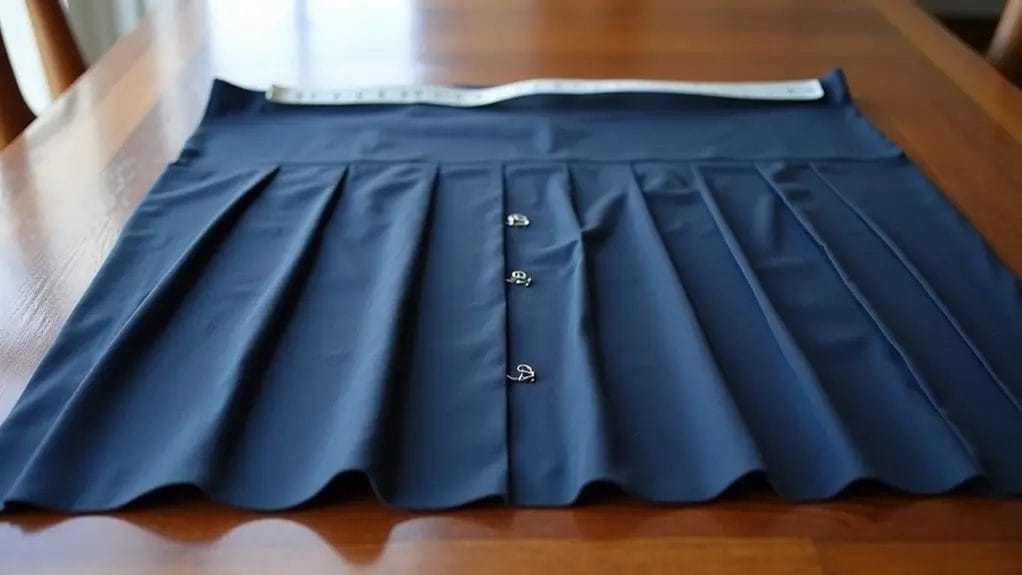
Box pleats create a more structured appearance with two folds facing each other to form a raised box-like shape.
| Step | Action | Result |
|---|---|---|
| 1 | Mark center line | Creates pleat reference |
| 2 | Measure equal distances | Determines pleat width |
| 3 | Fold edges to center | Forms basic structure |
| 4 | Press firmly | Sets pleat shape |
| 5 | Secure with stitching | Finalizes pleated garment |
Different types of pleats need specific measurements. But box pleats typically need three times the finished width you're aiming for in your design.
3. Accordion Pleat Design Method
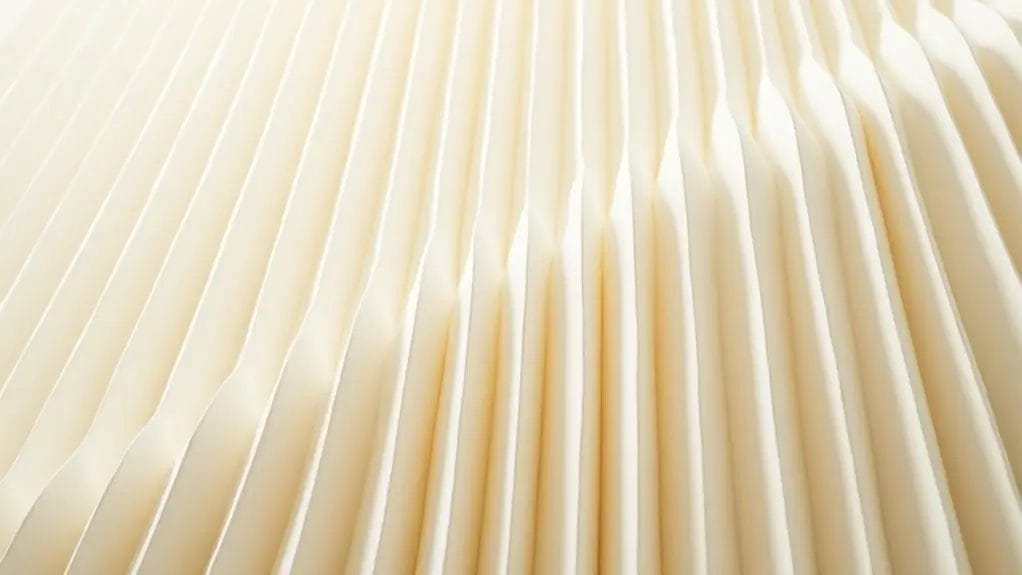
Creating accordion pleats demands precise measurements and careful folding techniques. These parallel folds must maintain consistent spacing throughout the fabric.
Begin by marking equal distances on your fabric. Make sure each pleat's depth matches perfectly. These pleats are folds of fabric that create a harmonious zigzag pattern when pressed.
These pressed pleats provide a dynamic, flowing effect that's ideal for skirts, dresses, and decorative elements.
4. Inverted Pleat Sewing Technique
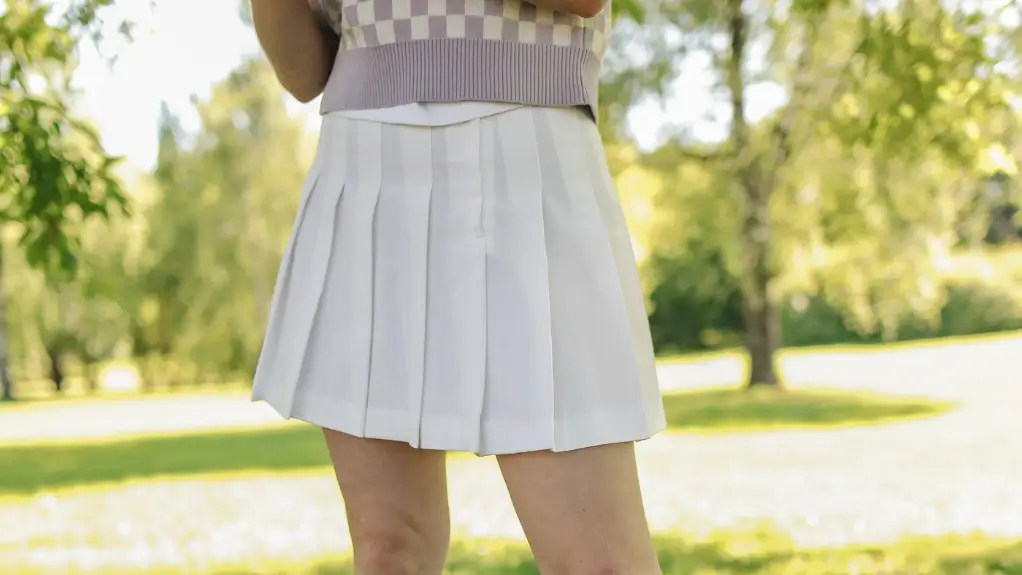
When sewing inverted pleats, you'll need to measure and mark your fabric precisely. Inverted pleats are created by folding two parallel lines toward each other at the back, meeting in the middle.
Then, press these folds flat and secure them with pins. The result creates visual interest while allowing for ease of movement in your garment.
To guarantee durability, stitch the pleats that fold inward about 3-4 inches down from the top. This technique works particularly well in skirts, dresses, and even tailored jackets.
5. Pinch Pleat Folding Pattern
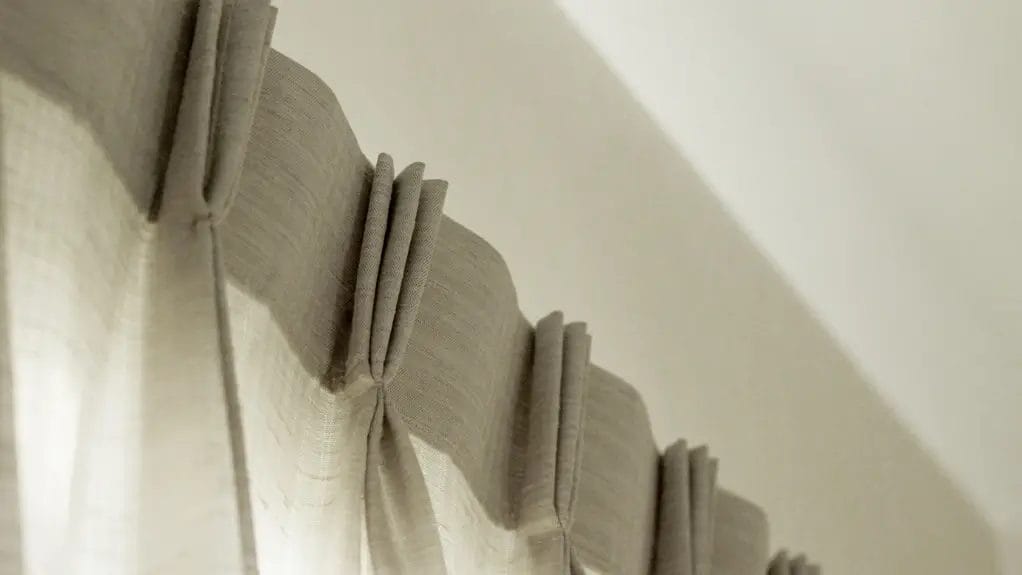
Pinch pleats transform fabric into elegant, uniform folds through a precise pattern of measured spacing and depth. When you create pleats of this type, mark equal intervals along your fabric, typically 3 to 4 inches apart.
These pinch pleat types need careful measurement. Measure your pleat depth and multiply it by two for the underlay.
Your pleated fabric should be secured at the top with a stitch line. Pinch pleats add sophistication to curtains, garments, and home décor. They create a structured appearance that's both classic and refined.
6. Sunburst Pleat Creation Guide
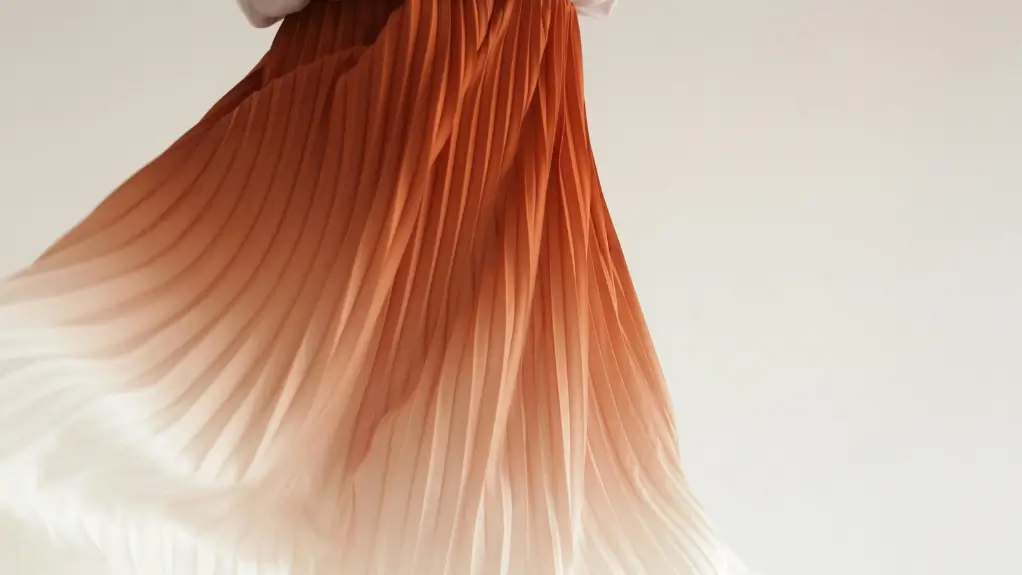
Sunburst pleats radiate outward in a fan-like pattern from a central point. This type of pleat creates a dramatic, flared effect that's particularly striking in skirts and dresses.
To create sunburst pleats, fold the fabric in gradually widening sections from the waistline to the hem. Each pleat becomes progressively wider toward the bottom. This will result in a graceful, flowing silhouette.
7. Cartridge Pleat Assembly Process
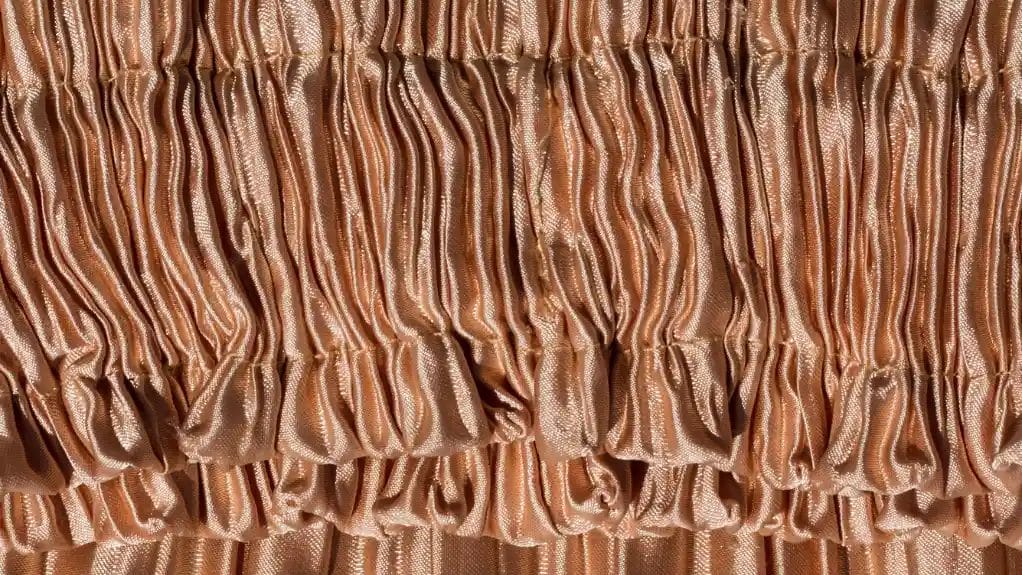
Cartridge pleats are one of the most distinctive historical pleating techniques. They feature dense, rounded folds that create dramatic volume in period garments.
Cartridge pleats can be made by marking even pleat spacing and creating a deep pleat depth. This is like the folds of an accordion, but with more gathered fullness.
These pleats used in fashion need careful spacing calculations and precise gathering techniques.
To achieve authentic cartridge pleats, you'll need to make your pleat depth at least three times deeper than standard pleats.
8. Crystal Pleat Making Instructions
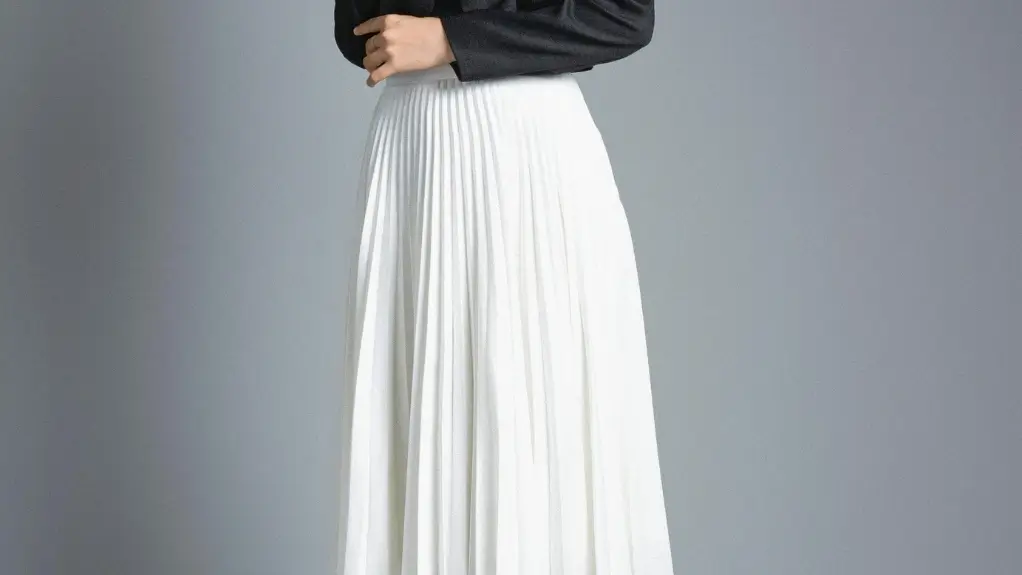
Crystal pleats bring a contemporary edge to the art of fabric manipulation. They offer a sharp, geometric alternative to traditional cartridge pleating.
To add pleats of this type, start by marking equal spacing on your fabric. Fold the material in alternating directions to create a zigzag effect.
The key to successful crystal pleats lies in maintaining consistent pleat depth and spacing.
Using pleats in this style creates stunning visual effects. This is especially true in lightweight fabrics that hold sharp creases well.
9. Kick Pleat Design Elements
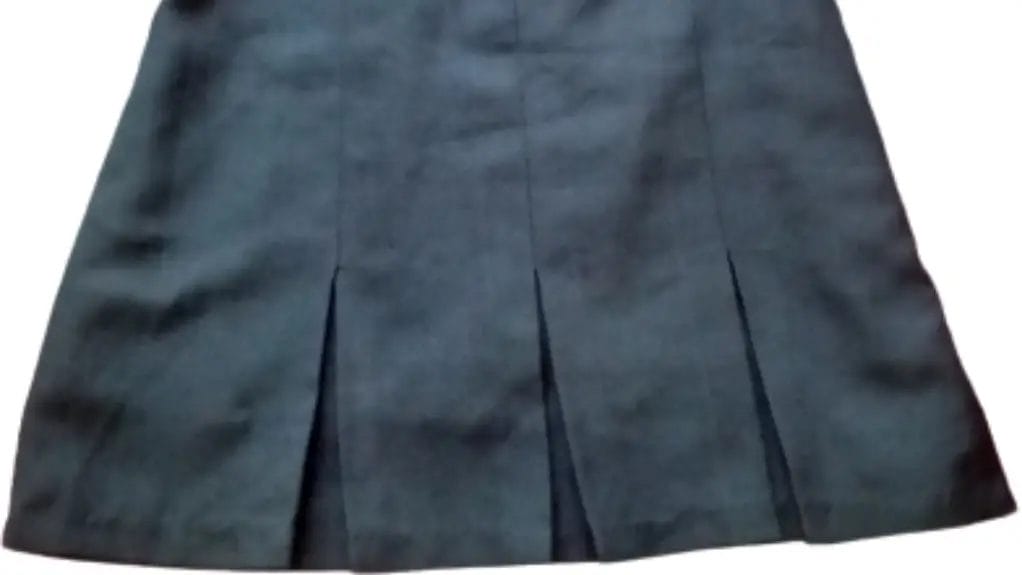
For clothes that need freedom of movement, kick pleats are key, especially in straight or pencil skirts. These design elements enhance both functionality and style. They ensure you can walk and move comfortably while maintaining a sleek silhouette.
- A kick pleat can add flexibility to the back seam of the hem, typically extending 6-8 inches upward.
- Pleats allow for seamless expansion when walking. This prevents the garment from restricting movement.
- Kick pleats can add visual interest while serving a practical purpose. You can find them especially in professional attire.
10. Rolled Pleat Formation Details
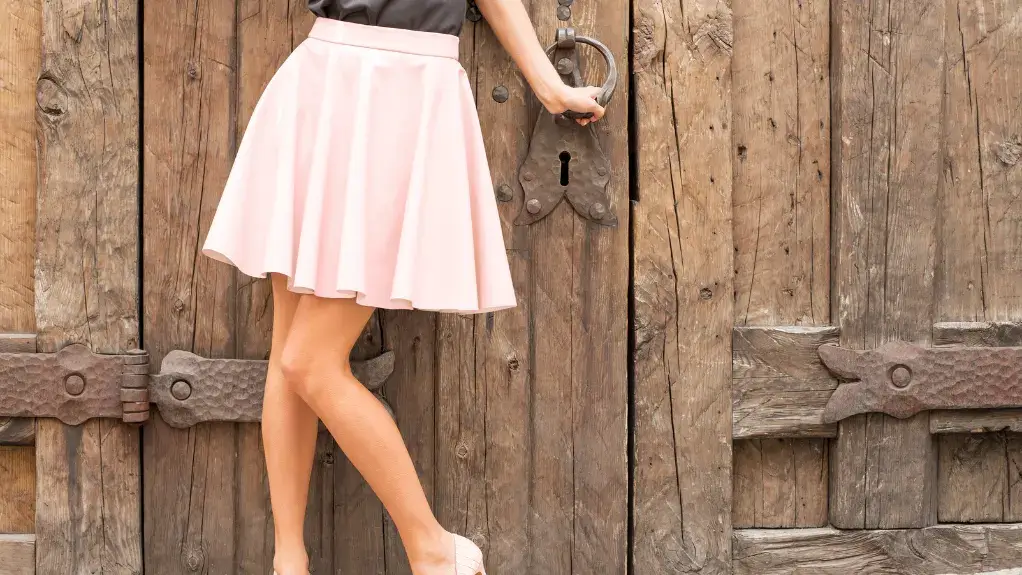
Rolled pleats stand out from traditional pleats. This is due to their distinctive cylindrical shape and unique construction method. These design elements create a sophisticated look when added to garments. Here's how rolled pleats differ from standard pleats:
| Feature | Characteristics |
|---|---|
| Shape | Cylindrical fold |
| Construction | Double-rolled edge |
| Stitching | Hidden seam inside |
| Formation | Spiral technique |
Historical Evolution of Pleated Garments
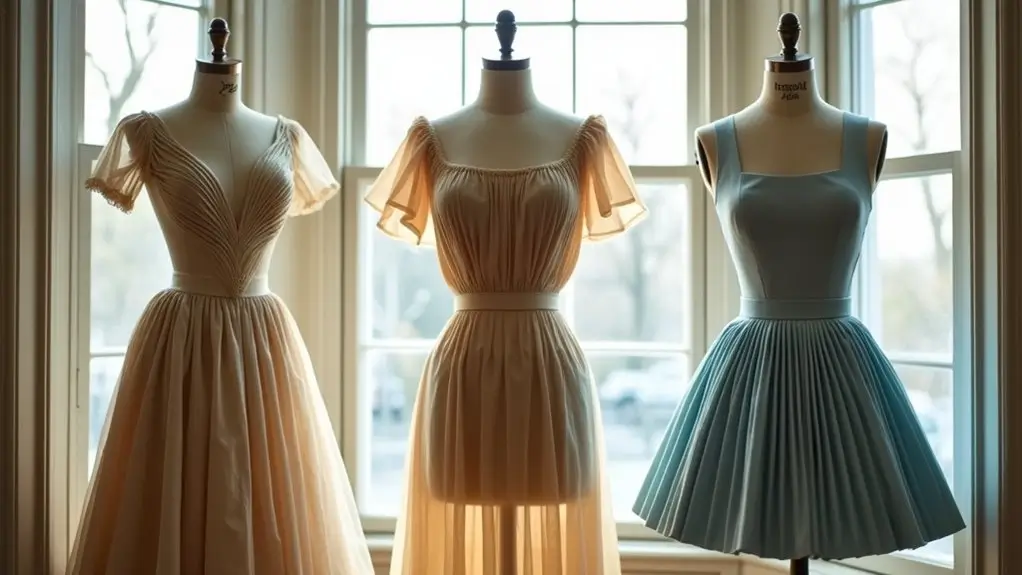
The story of pleated garments is deeply rooted in history. The history reflects changes in culture, technology, and fashion.
Ancient Egyptian Pleated Attire
Long before modern pleating, ancient Egyptians mastered making detailed pleated garments from fine linen.
Pleats have been used extensively in their ceremonial and daily attire. Common types of pleats used in Egyptian clothing created a distinctive look that's still admired today.
- Their pleated skirts and robes demonstrated intricate craftsmanship. The pleats create accordion-like patterns.
- These pleats are a type of permanent fold. They are achieved through careful moisture control and pressing.
- Egyptian nobility favored finely pleated garments. Pleats became symbols of status and wealth.
Medieval European Folded Fashion
Medieval Europe brought pleating to new heights. This advanced the techniques pioneered by ancient civilizations like Egypt.
During this era, pleats expanded dramatically in both religious and secular garments. Delicate pleats adorned the robes of clergy. Nobility showcased their wealth through intricately pleated skirts and dresses.
Box pleats and knife pleats were important in medieval fashion. They were especially seen in women's gowns and men's tunics.
Accordion pleats are commonly found in surviving garments from this period. They demonstrated the sophistication of medieval tailoring.
Victorian Era Pleat Design
The Victorian era revolutionized pleating techniques through industrial innovations and changing fashion sensibilities.
Pleats in bodice designs became more intricate. Seamstresses created complex patterns with knife and box pleats for better shape and decoration.
Women's fashion embraced elaborate pleating methods, particularly in skirts and dresses.
- Sunburst pleats created dramatic, flowing silhouettes that emphasized the era's hourglass figure.
- Inverted box pleats added structure to bustles and train designs.
- Bodice pleating techniques created new ways to get a fitted waist while allowing movement.
These Victorian innovations continue to influence modern fashion design and garment construction methods.
Modern Applications in Fashion Design
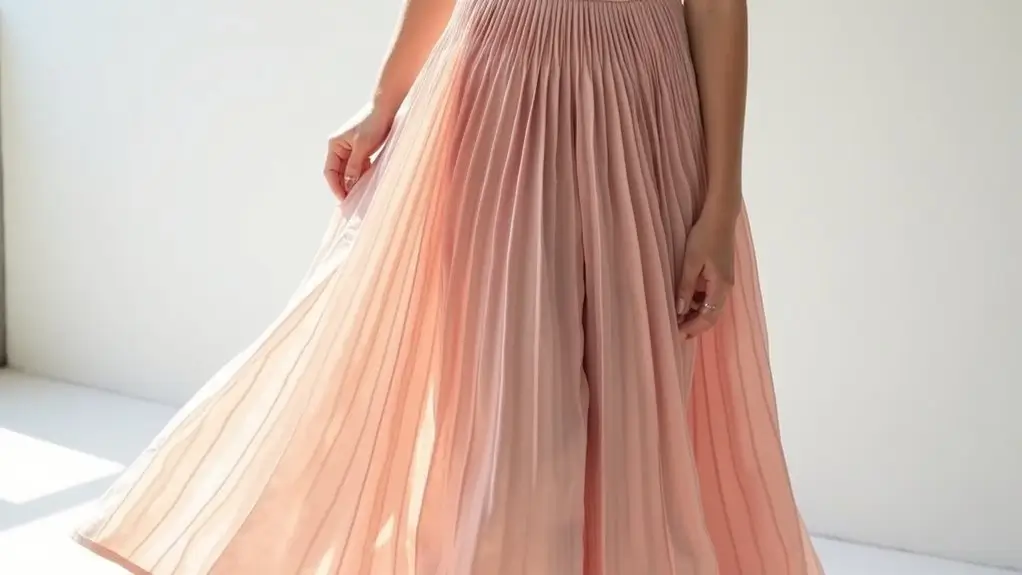
Modern designers have updated pleating by blending traditional methods with modern technology. Pleats can also make a striking look using laser cutting and heat setting.
| Style | Application | Effect |
|---|---|---|
| Micro Pleats | Evening Wear | Fluid Movement |
| Tech Pleats | Sportswear | Flexibility |
| Eco Pleats | Sustainable Fashion | Zero Waste |
Today's pleats are formed using smart fabrics that maintain their shape longer. Meanwhile, traditional pleats look fresh when combined with contemporary silhouettes.
Care and Maintenance of Pleated Clothing
Proper maintenance of pleated garments guarantees their crisp appearance and longevity. To preserve the design elements, follow specific care guidelines that protect these intricate folds.
| Care Type | Method | Frequency |
|---|---|---|
| Washing | Hand wash or gentle cycle | After 2-3 wears |
| Drying | Hang dry or low heat | Each wash |
| Storage | Hang with proper spacing | After each use |
| Pressing | Steam or iron on proper setting | As needed |
Conclusion
Whether making a stylish skirt or adding flair to a blouse, pleats are a timeless, versatile design. With the right skills and care, you can confidently add these classic folds to your wardrobe.
Try different pleating styles to create clothes that show your personal style.
Learn more fashion tips on the Longan Craft Blog, and dive into the fabric world with Longan Craft!
FAQs
What Fabrics Should Be Avoided When Creating Permanent Pleats?
Avoid stretchy, bulky, or heavy fabrics like knits, thick wool, or denim. These materials won't hold crisp folds well and can become distorted over time.
Do Pleated Garments Require More Fabric Than Non-Pleated Designs?
Yes, because each pleat requires extra material for the underlay. Generally, you should plan for 2-3 times more fabric than non-pleated designs.
Can Pleats Be Ironed Out Permanently if I Change My Mind?
No, you can't permanently remove pleats since they're structurally sewn into the fabric. You can press pleats flat briefly. But they’ll return because of the garment’s construction and stitching.


0 comments